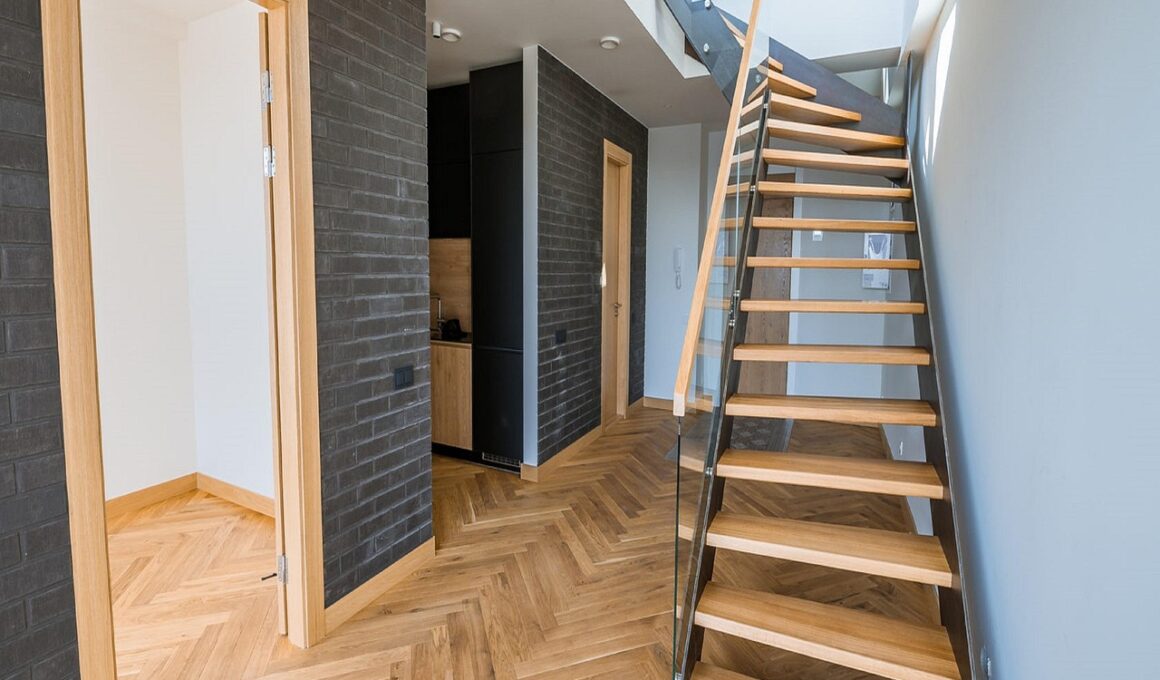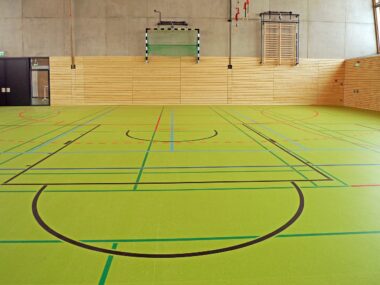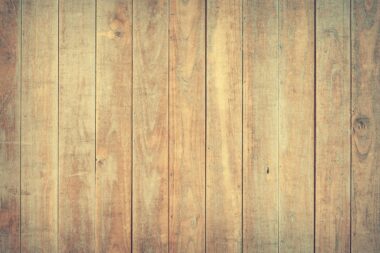Designing a Multi-Use Gym Space: Choosing the Right Flooring for Varied Workouts
A well-designed gym space accommodates various workouts and activities, making the choice of flooring essential. The right flooring can significantly impact safety, performance, and the overall aesthetic of your gym. When selecting the flooring for your multi-use gym, consider materials that provide the necessary support, comfort, and durability. Various types of flooring options are available, each with unique benefits and drawbacks. Different workouts, including weightlifting, group classes, or cardio routines, may require different flooring types. For instance, rubber flooring is popular for weightlifting zones due to its shock absorption and traction, while foam tiles are excellent for aerobics and stretching areas. It’s also important to think about maintenance, cleaning, and installation costs while deciding on the best flooring option. Consult professionals and consider seeking advice from experienced gym owners to learn about their flooring choices. Additionally, aesthetics can enhance motivation for users, so choose colors and designs that create an inviting environment. Identify specific needs and preferences before making final decisions on gym flooring.
One important factor to consider when choosing gym flooring is its impact resistance and shock absorption. Quality flooring helps to minimize injuries by cushioning falls or sudden movements during workouts. This is especially crucial in areas used for high-impact exercises, such as plyometrics. Choosing materials like foam, rubber, or carpet tiles can significantly reduce the risk of injury. Additionally, these materials are less likely to wear down over time, ensuring a long-lasting and safe environment. Another factor to take into account is traction, which affects stability and control during various workouts. Materials should provide solid grip, especially in high-intensity workouts involving fast movements. Selecting flooring with adequate traction minimizes slipping risks, promoting user confidence during exercises. A proper flooring material selection can lead to a more enjoyable and effective workout experience for all users, enhancing satisfaction. Moreover, consider the acoustic properties of flooring. Good acoustics will help minimize noise, making the gym a more pleasant space. Floors designed to absorb sound can significantly reduce distractions and help maintain focus in a busy environment, ensuring a better workout experience.
Durability and Maintenance of Gym Flooring
Durability is a significant concern when investing in gym flooring. Various practices and types of equipment, such as heavy weights or high-traffic areas will put flooring materials to the test. Selecting high-quality materials offering resistance to wear, tear, and stains ensures longevity and minimizes replacement costs. Rubber flooring is widely recognized for its durability, making it a preferred choice for gym owners seeking low-maintenance options. Additionally, regular maintenance can prolong the life of your selected flooring. Employing a proper cleaning routine suited to the material type will help prevent damage and maintain aesthetic appeal. Floor maintenance should include sweeping and mopping with appropriate cleaning agents to remove dirt, sweat, and stains. It’s essential to follow recommended maintenance schedules to keep the flooring in optimal condition. Gym owners should prioritize preventive measures, such as placing mats in entrance areas to minimize dirt ingress. This will help protect the floor beneath and keep cleaning requirements to a minimum. Investing in quality flooring and maintenance can lead to substantial savings over time while ensuring user safety and comfort. Properly maintained flooring will make your gym more appealing to potential clients.
In a multi-use gym, flexibility is paramount. Therefore, having flooring options that can accommodate different activities is beneficial. Many gym owners opt for interlocking tiles or roll-out flooring, offering versatility and ease of setup. These options can be replaced individually when damaged, making them economical choices. Additionally, movable flooring panels allow for quick changes in layout according to the type of workout in progress. For example, you might need a cushioned area for yoga or a robust section for weight training. The ease of reconfiguration enhances functionality, making it ideal for community spaces where different classes occur simultaneously. Beyond function, consider the appearance of flooring materials; a visually appealing gym can motivate and attract more members. Bright colors or unique designs can energize the atmosphere. Gym owners can experiment with distinct zones for different activities using color coding or patterns to designate specific workout areas. Therefore, exploring flexible flooring solutions allows gym environments to evolve alongside changing fitness trends while maintaining a cohesive and inviting appearance to potential users.
Cost Considerations for Gym Flooring
Budget constraints play a crucial role in determining the right gym flooring, especially for new gym owners. Costs can vary widely based on materials, installation methods, and long-term maintenance. Initially, options like carpet or vinyl flooring may appear more affordable, yet their longevity and performance may not justify the expense over time. In contrast, investing in durable and high-quality options like rubber or high-density foam may require a higher initial investment but will save costs in the long run by preventing frequent replacements. Additionally, consider the installation costs, which can differ based on complexity and labor required. Some flooring types may be straightforward to install, allowing for DIY installation. While this may save money, professional installation may be necessary for other flooring options to ensure they meet safety and performance standards. Assess the total costs involved, including maintenance, cleaning products, and potential repair needs, when budgeting for flooring. Balancing upfront costs with low long-term expenses can lead to preserving financial resources while providing tangible value to members, improving overall gym performance.
Another critical aspect of flooring selection is how it aligns with the gym’s specific workout areas and programs. Do you offer yoga classes requiring soft flooring or high-intensity training sessions needing durability? Understanding your clientele’s activities can guide your flooring choices effectively. For multipurpose areas, consider selecting materials that balance comfort, cushioning, and support to accommodate a wide range of exercises. Additionally, think about the demographics of your gym members; families with children may require softer or more forgiving materials. This can aid in providing a comfortable environment for a diverse population, allowing various age groups to participate in fitness activities safely. Similarly, when addressing flooring, think about any special programs, such as rehabilitation or physical therapy, where flooring must provide additional support. Consulting trainers and experienced professionals can offer valuable insights into specific flooring needs based on members’ workouts. Collecting feedback from gym users can also provide clarity on their preferences and expectations from flooring materials, ultimately leading to successful flooring selections tailored to user needs.
Conclusion: Making the Right Choice for Gym Flooring
Ultimately, selecting the right flooring for a multi-use gym space significantly impacts functionality, aesthetics, and user safety. Ultimately, a thorough understanding of specific needs, available flooring options, and cost considerations can guide your decision-making process. Incorporating various flooring types may help you create a more dynamic gym space, enhancing both user experience and overall satisfaction. Prioritize durability and maintenance to ensure flooring remains in good condition. Create a visually appealing environment that motivates clients and builds community spirit. Explore versatile flooring options to accommodate diverse fitness activities and evolving trends. Overall, investing time in researching and choosing suitable flooring will lead to a well-rounded gym that caters to members’ needs. Collaborate with flooring professionals to explore innovative solutions tailored to your specific gym spaces. In summary, the right flooring can enhance your gym’s atmosphere, safety, and appeal, attracting new members. Focusing on flooring choices will provide a foundation for a thriving gym that meets the diverse needs and goals of its users.






